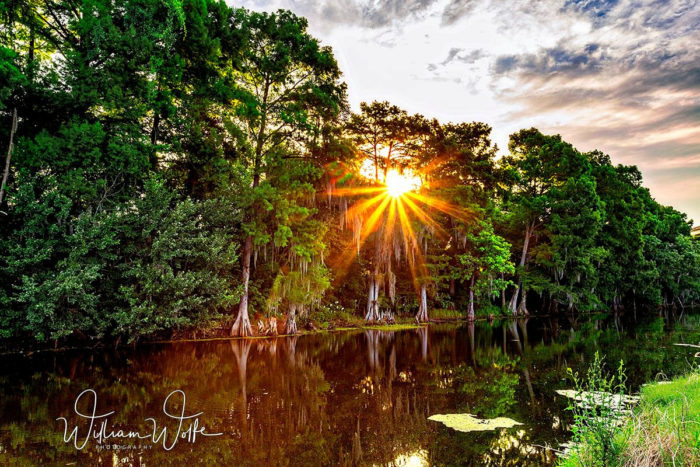Enemy at the Gate
a Ross Burkenstock Diorama
story by Jeff Junker
On June 18, 1815 Napoleon made his final attempt at pushing Wellington and his Allies into the sea. Standing in his way was the King’s German Legion Sharpshooters at a town named Le Haye Saint. Although Napoleon’s I Corps cleared the orchards and areas around Le Haye Saint, the farmhouse would not yield. Taking this position would give Napoleon the high ground required to enfilade the English with cannon fire. It wasn’t until late in the day, on the third attempt, that Marshall Ney successfully stormed the farmhouse forcing the 42 remaining troopers (out of the original 400) to retreat.

Enemy at the Gate, a diorama by Ross Burkenstock portrays that moment in time when the French attacked the farmhouse at the Battle of Waterloo.
This replica was completely scratchbuilt. The outside walls are of plywood; the interior walls, balsa wood. The stucco-looking texture of the structure was achieved by using drywall repair paste, which was painted a grayish-white and weathered with a black wash.

A close look at the roof shows that the shingles (which were cut from thin cardboard) are individually laid, a time consuming endeavor.
“I tend to work on several projects at once so the diorama was worked on, on and off for about 9 months,” said Burkenstock. “I probably spent no less than 8 hours just shingling the roof.”
The courtyard area is filled with interesting items that help breathe life into a static display: A haystack using Woodland Scenics Field Grass, a wagon from an Imex kit, assorted HO scale crates and barrels, and a twisted pile of twigs for the camp’s fire.

Another focal point is the Allies’ enemy at the gate. It, along with the ladders and interior platforms, was made with a combination of matchsticks and balsa strips. Interesting action along the wall are snipers in the windows, and French troopers attempting to go over the wall only to be met by British riflemen pushing the ladders away.

While just about all of the soldiers were used straight out of the box, some of the figures were altered slightly. “The guy supporting the ladder is actually loading a rifle but snip, snip – – no more rifle,” continued Burkenstock.
The figures, a mix of Esci, Airfix, and Revell, were painted with Humbrol paint. Colors used for the French uniforms were French Blue for the tunics and White for the trousers; for the Sharpshooters, Uniform Green for the tunics and Pale Gray for the trousers; for the Regular Infantry, British Scarlet for the tunics and Medium Gray for the trousers.

The 15″ by 25″ base is covered with celluclay (an instant paper maiche material). Small gravel and Woodland Scenics model railroad ballast was applied to the surface of the Celluclay. Railroad grass was then sprinkled on top. When everything was dry, the road was painted brown and yellow highlights were added to the grass for depth of field.
Photos by Phil Novak
